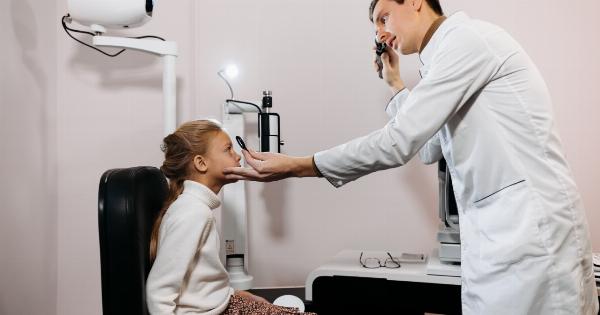In emergency situations, one of the most common mistakes healthcare providers make is failing to accurately assess the situation.
Time is of the essence when it comes to emergencies, and any delays in evaluating the patient’s condition can have severe consequences. Accurate and prompt assessment is crucial for providing optimal patient care.
Mistake 2: Lack of effective communication
Communication is essential, particularly in high-stress situations. Failing to establish clear and effective communication channels can significantly hamper the delivery of optimal patient care.
It is crucial for healthcare providers to develop strong communication skills, both with their colleagues and the patients themselves. Effective communication ensures that vital information is relayed accurately and promptly, leading to better patient outcomes.
Mistake 3: Neglecting to prioritize patient needs
In the chaos and urgency of an emergency, it can be easy to neglect properly prioritizing the patient’s needs. Healthcare providers must train themselves to quickly identify and address the most critical issues first.
Failing to do so can result in delays in necessary interventions or treatments, which can have devastating consequences for the patient. Prioritization ensures that the most critical aspects of patient care are attended to promptly.
Mistake 4: Inadequate teamwork and coordination
Working as an effective team is crucial in emergency situations. Each member of the healthcare team plays a vital role in providing optimal patient care.
Failure to work cohesively as a team can result in miscommunication, delays in treatment, and even errors. It is important for healthcare providers to train and practice effective teamwork and coordination skills to ensure seamless delivery of care.
Conclusion
In emergency situations, avoiding common mistakes is crucial for providing optimal patient care.
Accurate assessment, effective communication, prioritizing patient needs, and fostering teamwork and coordination are all essential elements of delivering high-quality care in emergencies. By avoiding these mistakes, healthcare providers can improve patient outcomes and ensure the best possible care for those in urgent need.





























